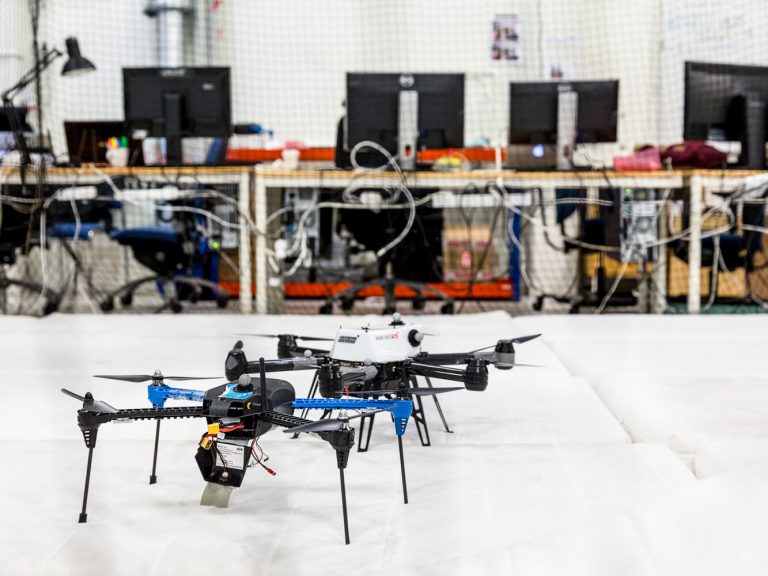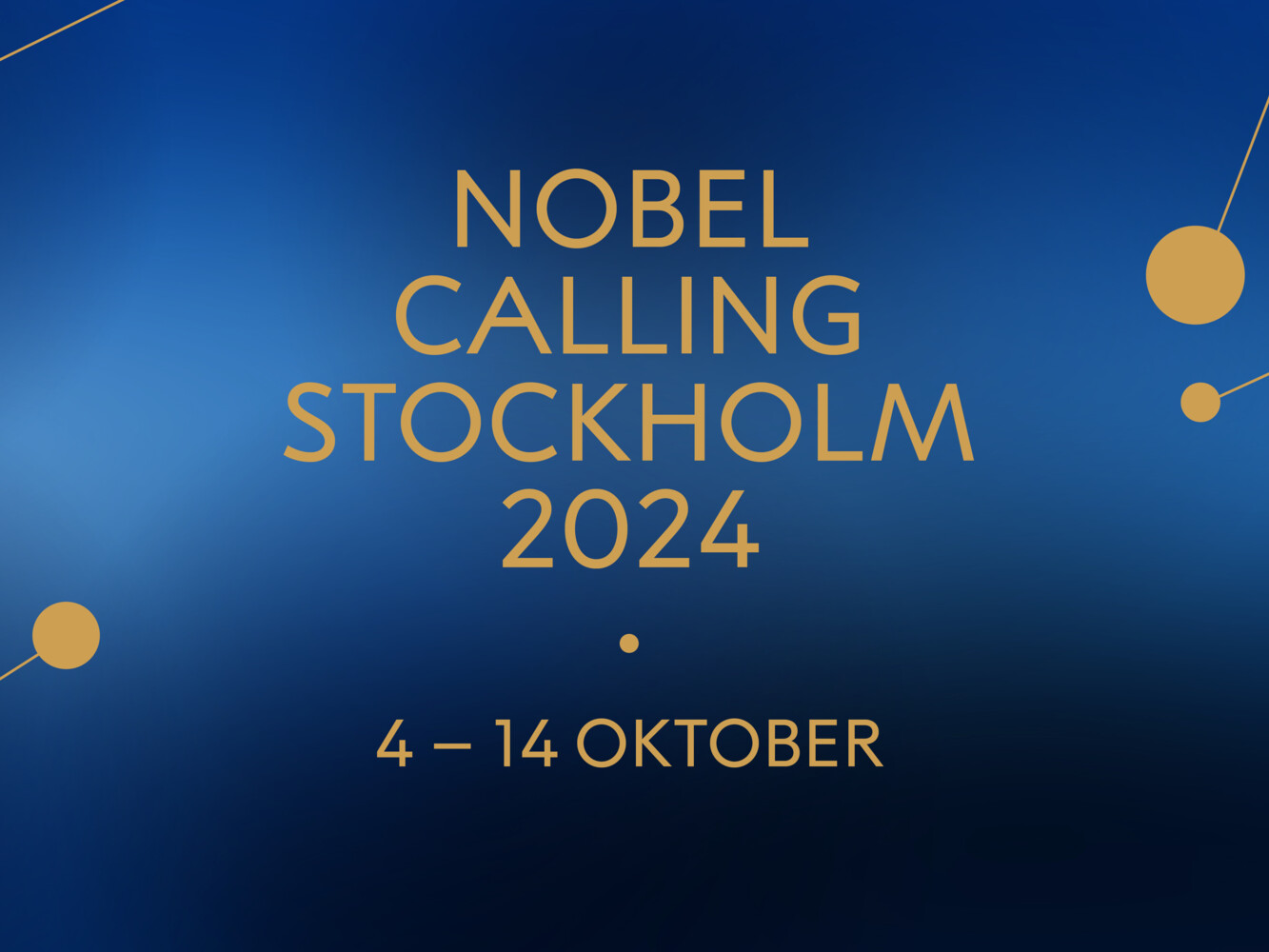There are three tours to choose from, with 20 places on each lab round. Secure your place by registering today!
Each lab tour is about 1½ hours long and includes visits to one or more labs where researchers explain about the lab’s equipment and the research conducted there.
Round 1 (in English)
During lab round 1, you will visit three smaller lab environments: a fusion reactor, an electromagnetic testing lab and Sweden’s most powerful supercomputer.
The fusion reactor (EXTRAP T2R)
EXTRAP T2R is a facility for research on fusion energy. Here, researchers are studying magnetic confinement and heating of plasma, a method for producing large amounts of energy through nuclear fusion. Fusion energy may be the solution to future energy problems but requires technology that can withstand extreme conditions, especially high plasma temperatures. The plasma in the EXTRAP T2R facility has been heated to a temperature of about 3 million degrees.
Read about EXTRAP T2R at https://www.kth.se/ee/emf/research/fusion/extrap-1.897096
Anechoic Chamber
In this lab, our scientists perform measurements of electromagnetic antennas, ranging from 2 to 40 gigahertz (GHz). The lab’s walls are covered with blue foam rubber that absorbs electromagnetic echoes.
Read about the Anechoic Chamber at https://www.kth.se/ee/emf/research/anechoic-chamber-1.1253211
The PDC Parallel Computer Centre, KTH:s supercomputer
KTH’s Parallel Computer Centre (PDC) is home to Sweden’s most powerful supercomputer. During the tour, you will gain an insight into the structure of the supercomputer and how it is used in research through its ability to handle complex data and perform advanced calculations.
Read about PDC at https://www.pdc.kth.se/
Round 2 (in Swedish)
During lab round 2, you will visit two larger lab environments: one for the transport of the future and one for electrical engineering.
Smart Mobility Lab and Integrated Transport Research Lab
The Smart Mobility Lab (SML) and the Integrated Transport Research Lab (ITRL) conduct research on the transport and traffic infrastructure of the future. At SML, researchers are working on the development and testing of solutions for intelligent transport systems and self-driving cars, including with the help of simulation and models.
Read about SML at https://www.kth.se/is/dcs/research/control-of-transport/smart-mobility-lab/smart-mobility-lab-1.441539
Read about ITRL at https://www.itrl.kth.se/integrated-transport-research-lab-itrl-1.1081637
The Sustainable Power Lab (SPL)
KTH’s Sustainable Power Lab engages in research, development and education in electrical engineering. Researchers here work with prototype development and testing of power electronics, antennas, electrical machinery and drive systems.
SPL includes the high-voltage lab, which is used for research into high voltage, insulation materials and components in electric power systems. The lab has equipment for impulse discharges and electrostatic experiments.
Read about SPL at https://www.kth.se/ee/epe/research/labs/the-sustainable-power-laboratory-1.771349
Round 3 (in Swedish)
During lab round 3, you will visit KTH’s reactor hall and the Visualisation Studio.
The Reactor Hall, R1
Hidden more than 25 metres below ground level on Campus Valhallavägen is KTH’s Reactor Hall R1, Sweden’s first nuclear reactor. The now decommissioned reactor is used as a creative meeting place and is a mix of museum, cultural centre and lab.
Read about R1 at https://en.wikipedia.org/wiki/R1_(nuclear_reactor)#References )
The Visualisation Studio (VIC)
The visualisation studio hosts state-of-the-art technology that supports advanced graphics and visualisation of complex data across many platforms, from handheld mobile devices to wall-sized 4K displays to immersive environments for augmented and virtual reality. It supports advanced interaction, including gesture and speech-based control, haptic feedback, eye tracking and multitouch.
Read more about VIC at https://www.kth.se/cs/cst/research/vicstudio

